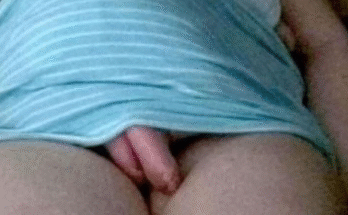Debunking Myths About Female Anatomy and Sexuality
In the age of viral headlines and clickbait journalism, it’s not uncommon to encounter provocative claims that link physical traits to sexual characteristics or behaviors. One such myth suggests that a woman’s breast size can somehow indicate the nature of her genitalia or sexual activity. This notion is not only scientifically unfounded but also perpetuates harmful stereotypes.
The Origins of the Myth
Historically, societies have often sexualized women’s bodies, assigning meaning to physical features like breast size, hip width, or facial symmetry. These associations are rarely based on medical evidence. Instead, they stem from cultural beliefs, pseudoscience, and the objectification of women in media and advertising.
Claims that large breasts correlate with specific traits of the vagina—whether anatomical, behavioral, or sexual—are entirely speculative. There is no biological mechanism that links breast tissue development to vaginal structure or function. Breast size is primarily determined by genetics, hormonal levels, and body fat distribution, while vaginal anatomy is influenced by entirely separate factors.
The Role of Media and Misrepresentation
Sensational headlines like the one implied in your query often aim to provoke curiosity or controversy. They may appear in tabloids, gossip sites, or pseudo-medical blogs that prioritize traffic over truth. These outlets frequently distort scientific language or cherry-pick studies to support misleading narratives.
Such representations contribute to unrealistic expectations and reinforce the idea that women’s bodies exist for visual or sexual consumption. They also ignore the diversity of female anatomy and the complexity of human sexuality.
Scientific Perspective
From a medical standpoint, there is no evidence to support a correlation between breast size and vaginal anatomy. The two are governed by different biological systems. Breast tissue develops in response to estrogen and other hormones during puberty, while vaginal structure is shaped by reproductive anatomy and pelvic musculature.
Furthermore, sexual satisfaction, libido, and reproductive health are influenced by psychological, emotional, and relational factors—not by superficial physical traits.
The Harm of Pseudoscience
Spreading myths about female anatomy can have real-world consequences. It can lead to body image issues, sexual insecurity, and even medical misinformation. Women may feel pressured to conform to unrealistic standards or undergo unnecessary procedures to “enhance” their appearance.
It’s crucial to challenge these narratives and promote body literacy. Understanding the human body through credible sources—such as peer-reviewed medical research and expert health organizations—empowers individuals to make informed decisions and reject harmful stereotypes.


